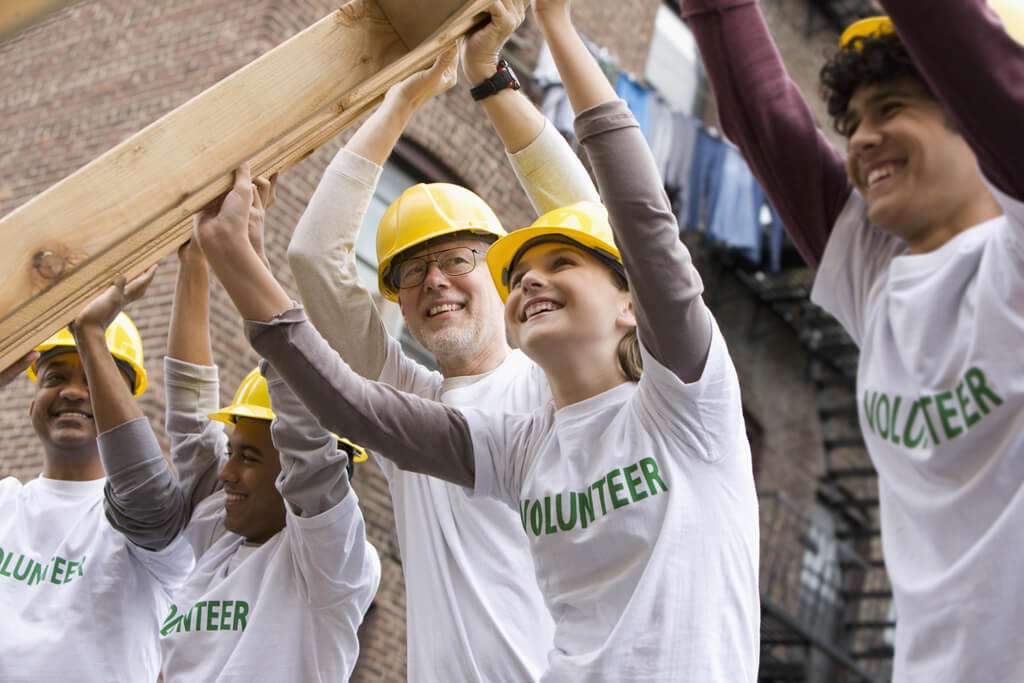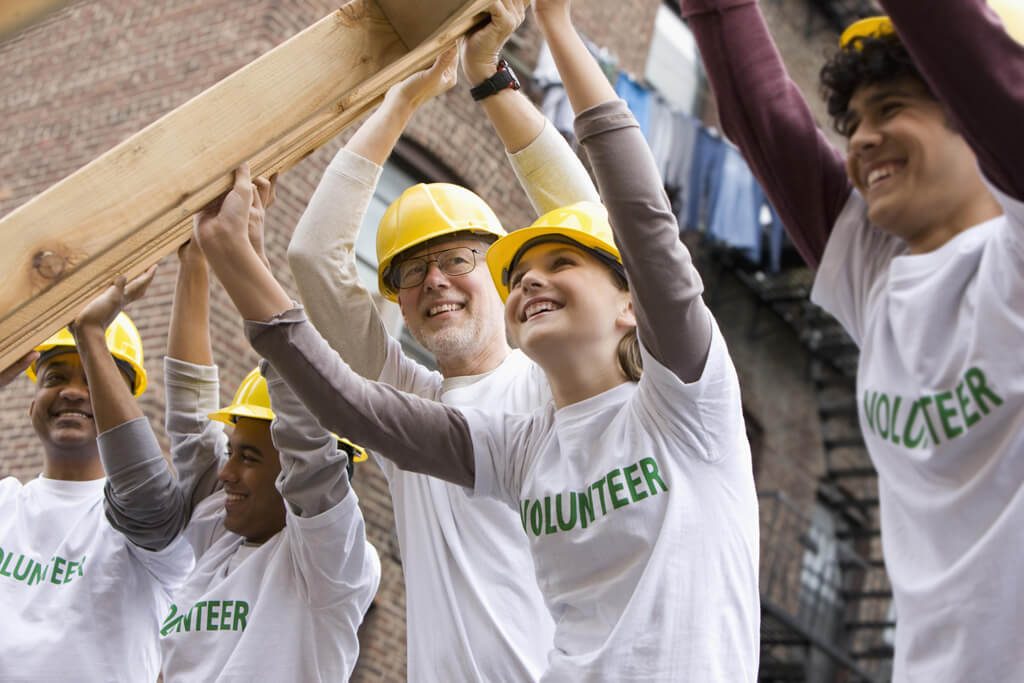4 Ways Altruism Produces Happy and Empowered Children
What’s missing from your kid’s life could make all the difference.
During my twenty years as a psychotherapist working with young people and their parents, I’ve witnessed certain youth make sudden leaps in maturity that catapulted them far ahead of their peers. In fact, their amplified sense of well-being astonished me and their parents. What was the magic ingredient that was added to their lives? It was the power of altruism. That’s right, teaching kids the value of helping others was instrumental in improving their mood and behavior—and reducing bullying. It also roused in them a greater sense of personal worth, a key condition for fostering feelings of happiness and empowerment.
Too often there’s a misconception that altruism involves some kind of personal sacrifice. It’s not uncommon to think of altruism as an act of charity that solely benefits others. Nothing could be farther from the truth. In fact, researchers have found that when parents teach their children the value in helping others, their children benefit as much as those they helped; sometimes even more. Here’s how:
1. Altruism Increases Personal Happiness
Too often young people fall into the trap of focusing exclusively on their own needs. This narcissistic tendency is a breeding ground for depression or anxiety. Altruism breaks through the hard shell of self-absorption by nurturing compassion for others. Sonja Lyubormirsky, in her wonderful book THE HOW OF A HAPPINESS (1), sites a study in which women were trained in compassionate listening techniques. Afterward, for a period of three years, they visited MS patients to talk and listen for fifteen minutes at a time. The study found that the volunteers, who were MS patients themselves, experienced measurable increases in happiness in areas such as self-esteem, self-acceptance and life satisfaction.
2. Altruism Fosters a Healthy Sense of Interconnectedness
Isolation is the enemy of happiness. Visit any high school lunchroom and you’ll see that teens yearn to be part of a community; until they do, they suffer much discomfort. This need to feel connected to others is supported by researchers at Harvard in the Journal of Happiness (2). The study found that people valued gifts they purchased for others more than gifts they bought for themselves. During the research, participants completed a personal satisfaction scale to measure the level of happiness that they felt. The happiness that they experienced giving gifts consistently scored higher. Generosity gave birth to a healthy sense of interconnectedness, which boosted their own personal happiness.
For years, I’ve witnessed many young people’s sense of personal identity fortified and strengthened when they helped others. Altruism triggers a surge in self-esteem which promotes confidence and assurance. In a national study reported by the American Journal of Community Psychology (3), fifty-six percent of those surveyed indicated that altruism was an immutable part of their identity. In other words, altruism reinforced a positive view of themselves. A young woman in the study, who donated her time to visiting senior citizens in her community, stated: “If I give it to you… I’m not giving it to you because I know you need it. I’m giving it to you because…I’m being just the person I am.”
4. Altruism Inspires a Sense of Mission
So often young people feel adrift. Unsure of their future, they struggle with internal feelings of emptiness and indifference. Altruism inspires them by directing their attention outward and providing an opportunity to experience the value of helping others. I recently encountered a young man who said that his life was transformed when he traveled to a nearby city to help with relief efforts after a devastating hurricane. An unhappy and aimless teenager at the time, he experienced a dramatic shift in his perspective. In his own words: “I thought I was helping rebuild the city, but I was really rebuilding myself.” Today he is employed as a program designer for not-for-profit organizations.
Surprisingly, when it comes to child development, altruism doesn’t get a lot of respect. Yet I’ve witnessed its transformative power again and again. In fact, many children diagnosed anxious or disruptive, improve dramatically—socially, emotionally and even academically—when their parents introduce them to altruistic activities such as volunteer work or supporting neighborhood projects. Kindness, compassion, gratitude, empathy and many other positive qualities emerge when children learn that helping others is also a great way to help themselves.
SOURCES
1. The How of Happiness by Sonja Lyubormirsky http://www.amazon.com/The-How-Happiness-Approach-Getting/dp/0143114956
2. The Greater Good, The Science of a Meaningful Life, Altruism Article http://greatergood.berkeley.edu/article/item/kindness_makes_you_happy_an…
3. American Journal of Community Psychology, http://link.springer.com/journal/10464



